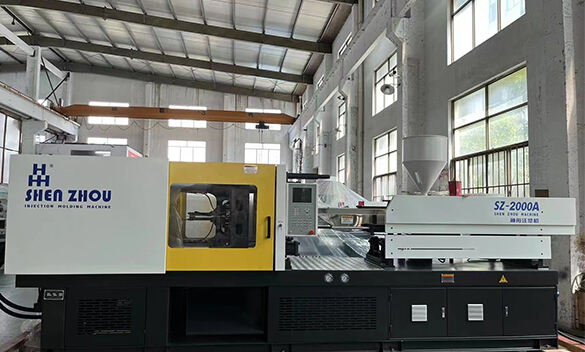Before delving into the technicalities of injection molding, let's consider an analogy. Imagine you are about to bake a complex cake. You wouldn't start without first ensuring you have the right ingredients, preheating the oven, and having all your tools ready, would you? Similarly, preparing an injection molding machine involves several crucial steps to ensure the process runs smoothly, efficiently, and without any hiccups. Neglecting these preparations can lead to flaws in the final product, machinery damage, and wastage of resources.Initial Steps in Injection Molding PreparationThorough Inspections and Maintenance:Prior to starting the injection molding machine, conduct a thorough inspection of the machine. Look for any wear and tear, leaks, or visible damage that may have developed during prior operations. Routine maintenance tasks like lubrication of moving parts, tightening of bolts, and cleaning of components cannot be overstated, as these can prevent unexpected stops. Additionally, confirm that all safety guards and mechanisms are functioning correctly to prevent accidents during operation.Material Preparation:The raw material being used for molding is the heart of the entire process. Ensure that the materials are properly dried to remove any moisture content. Moisture can lead to defects in the molded product, such as surface imperfections or weak structural integrity. Different materials may require specific drying conditions; hence, understanding the material's requirements is crucial.Mold Inspection and Setup:Ensure the mold is correctly prepared and installed. Inspect the mold for any damages, wear, or residues from previous use. Clean it thoroughly to avoid any contamination that might affect the new batch. Proper alignment and secure fixation of the mold are vital; incorrect setup can lead to flash formation or poor-quality products.Machine Setup and Calibration:Set up the injection molding machine as per the specifications required for the particular production run. Calibrate the heating zones, pressure settings, and injection speeds. The right temperature control is critical because an incorrect temperature can alter the material's properties, affecting the final product's quality. Similarly, accurate pressure and speed adjustments ensure consistent filling and compaction of the mold, preventing defects.Dry Run and Trial Production:Before commencing the actual production, conduct a dry run. A dry run helps in verifying that the machine, mold, and material are interacting correctly. Any discrepancies can be identified and resolved before full-scale production. Perform a few trial shots, inspect the molded parts for any defects, and make necessary adjustments to the machine settings.ConclusionBefore starting the injection molding machine, it is essential to conduct thorough inspections and maintenance, prepare and dry the materials, ensure proper mold setup and cleaning, calibrate the machine settings accurately, and perform dry runs and trial productions. These steps minimize the risk of defects, equipment damage, and production delays, ensuring a smooth and efficient molding process.
FAQ
Why is it important to dry raw materials before starting the injection molding process?
Drying raw materials removes moisture content, which can cause defects in the final product.
What should be inspected in the mold before starting the machine?
Check for any damages, wear, residues from previous use, and ensure proper cleaning to avoid contamination.
How does performing a dry run help in the injection molding process?
A dry run verifies that the machine, mold, and material are interacting correctly, allowing any discrepancies to be identified and resolved before full-scale production.
What are the critical machine settings that need calibration before starting?
Temperature, pressure settings, and injection speeds are crucial for maintaining the quality of the molded product.
Why is routine maintenance of the injection molding machine important?
Routine maintenance prevents unexpected stops, reduces wear and tear, and ensures the safe functioning of the machine.



